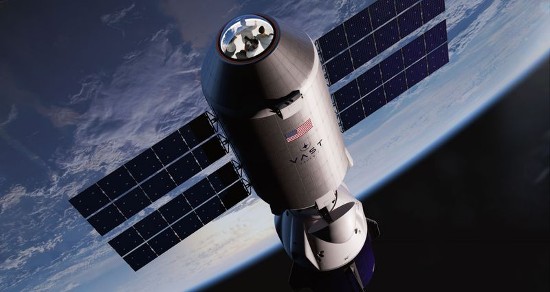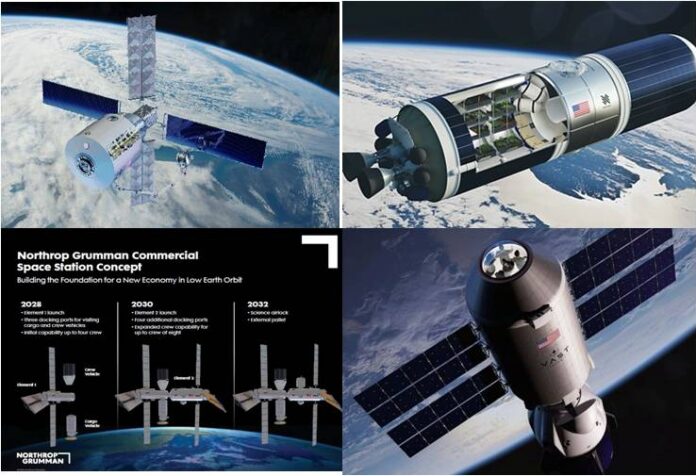In Part 1 of our look at the aspirational goals of commercial space station developers, we looked at the Axiom Space Station and Blue Origin’s Orbital Reef with both planning to establish a long-term Low-Earth-Orbit (LEO) human presence. Both are seen as successors to the International Space Station (ISS) which NASA plans to de-commission and de-orbit around 2030 unless plans change. But these two are not the only space station aspirants seeking to establish themselves in LEO space. Joining them are planned space station projects by Nanoracks, Northrop Grumman, and Vast.
Nanoracks Starlab and Outpost
Nanoracks is the operating company of Voyager Space, founded in 2009 and located in Denver, Colorado. In December 2021, NASA contracted the company to design Starlab, a commercial space station. The current plan is to launch Starlab into LEO in 2028 with NASA as the first occupant.
Nanoracks is no stranger to space. On March 14, 2023, a SpaceX resupply mission to the ISS carried eight Nanoracks payloads of which a number were cubesats. Nanoracks, so far, has sent 25 CubeSats to space on behalf of mostly academic clients. It also has created payloads containing scientific experiments that are currently being conducted on the ISS.
The company plans to put crewed habitats in space. The first is Starlab. The second is Outpost
Starlab is a commercial space station that will be open to NASA, other space agencies, commercial companies and even space tourists. The planned 2028 launch will put Starlab in LEO. No additional follow-up builds are required. Onboard facilities will include space for scientific, industrial, and manufacturing research to take advantage of the microgravity environment. Sightseeing will be encouraged.
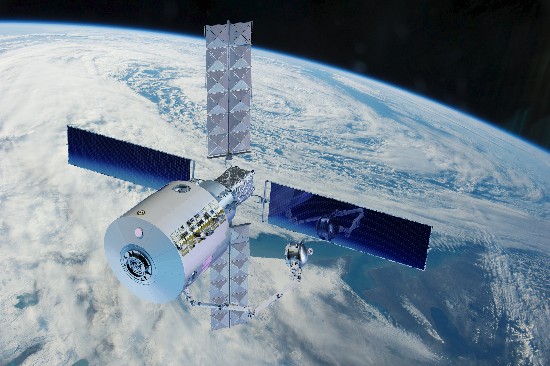
Outpost provides a service that repurposes spent booster rockets left in LEO. Repurposing every upper stage is its mission statement. Nanracks has created a Mission Extension Kit (MEK) and recently demonstrated friction milling in space, a first step to developing a recycling, manufacturing and construction capability in space. The milling was accomplished using a Maxar Technologies robotic arm featuring a cutting tool operating at high rotational speeds to reduce orbital debris. Outpost end products will be fuel depots, human and environmental habitats (gardens in space) and other specialized structures. Needless to say, the technology of Outpost is likely how we will create the infrastructure that we send for long-duration space journeys within and beyond the Solar System.
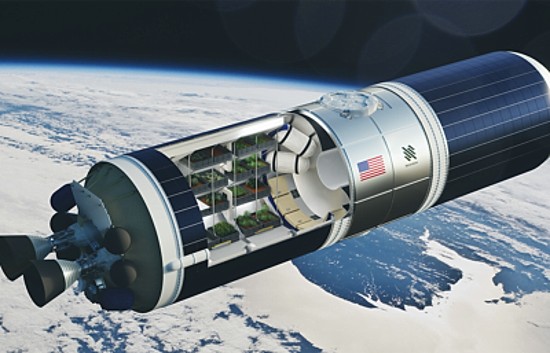
Northrop Grumman Plans for ISS-Lite
Northrop Grumman (NG) was one of the companies that signed a space agreement with NASA to develop a LEO space station. Grumman was the builder of the lunar lander known as the LEM that was used in the Apollo Program. In 1994, Northrop acquired Grumman. Since then the combined company has continued its involvement with NASA. NG provides the Cygnus module that resupplies the ISS. They engineered the James Webb Telescope.
Their plans for a commercial space station are to build a habitat with the core element to be launched in 2028 followed by two additions with completion in 2032. The NG station would initially support a crew of 4 and with expansion, up to 8. Its projected life is 15 years. The method of construction is tried and true, a copy of how ISS was built.
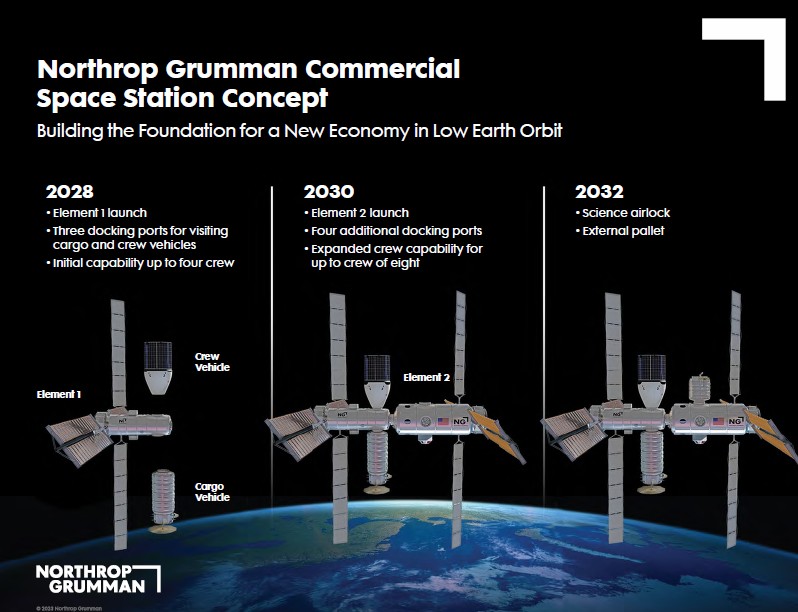
Vast Space Wants to Beat The Competition and Add Artificial Gravity
Vast Space is on an aggressive schedule to beat all comers to a commercial space station in LEO. It recently signed a contract with SpaceX to launch its commercial space station called Haven 1 in August 2025. The date is important because it will be ahead of Axiom with its first module expected to fly later in that year. A SpaceX Falcon 9 rocket will carry the Haven 1 to orbit and will be followed by a Crew Dragon that will ferry 4 to occupy it for up to 30 days. This will give the Long Beach, California startup bragging rights.
Haven 1 is small by space station standards, about a tenth the size of the ISS. Vast is selling reserved seats for passengers to experience not just microgravity but also the artificial kind. The company plans to spin Haven 1 using centrifugal force to create the equivalent of 17% of Earth’s gravity. That’s slightly greater than lunar gravity at 16.6% of Earth’s. Even a small amount of gravity will make a difference in the health of visitors during month-long stays.
Is the timetable ambitious? Does Vast have the funding to make a go of it? Stay tuned.
